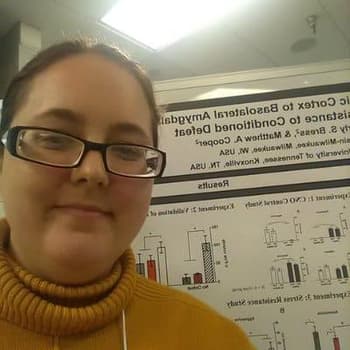Psychosis, Psychotic Disorders, & Psychotic Episodes
Written by Jonathan Strum
& Medically Reviewed by Dr. Brooke Dulka, PHD
Medically Reviewed
Up to Date
Updated 12/29/2022
Key Takeaways
- Psychosis presents itself as a symptom of many different mental health disorders.
- Some disorders that feature psychosis as a symptom include schizophrenia, schizoaffective disorder, schizophreniform disorder, bipolar disorder, major depressive disorder, and borderline personality disorder.
- Drug-induced psychosis can occur with or without a co-occurring mental health disorder.
Psychosis can occur due to mental health disorders or as a side effect of substance misuse. Learn about the different types of psychosis, how it is caused and how to find treatment.
A psychotic episode is defined as a “break” or disconnection from reality. Many believe psychosis is a mental health disorder, but it is actually a symptom that can be present in many diseases or mental health conditions. In addition, drug-induced psychosis can also occur.
What Is Psychosis?
There are notable differences between psychosis and psychotic disorders. Psychosis refers to the state of disconnecting from reality, which can be caused by mental health disorders or drug misuse. Psychotic disorders, however, are a group of serious mental health problems that have psychosis as a primary symptom. A few examples of psychotic disorders include schizophrenia, schizoaffective disorder, and schizophreniform disorder.
Phases of Psychotic Episodes
There are three distinct phases of psychosis, including:
Phase 1
Prodrome Phase – This phase is characterized by gradual changes in a person’s thoughts, perceptions, behaviors, and functioning. Some of these symptoms might include changes in sleeping patterns, difficulty thinking, problems focusing, irritability and more. Essentially, the person has begun to change but is not actually experiencing the symptoms of psychosis.
Phase 2
Acute Phase – This phase is characterized by the actual symptoms of psychosis, such as hallucinations or delusions. This phase is when symptoms are most noticeable and distressing for the person experiencing them.
Phase 3
Recovery Phase – This period is marked by a gradual reduction in symptoms. During this phase, people are better able to cope with daily life. The recovery phase can last from weeks to months. Part of this depends on whether the person is taking medications or receiving other forms of therapy to help return to their baseline state.
Psychotic Disorders
The three main types of psychotic disorders are as follows:
- Schizophrenia is the classic example of a psychotic disorder and is marked by delusions and hallucinations.
- Schizoaffective disorder is when schizophrenia occurs alongside symptoms of a mood disorder (depression or mania).
- Schizophreniform disorder is like schizophrenia, but it lasts for less than six months instead of being persistent.
Disorders with Psychosis as a Symptom
Psychosis is a symptom in several other disorders, including bipolar disorder. Bipolar disorder psychosis is thought to occur on the extreme end of the bipolar disorder spectrum. While some people with bipolar disorder have more depressive episodes, others may have more severe forms of mania that are characterized by periods of psychosis.
Psychotic depression, also known as major depressive disorder with psychosis, can also occur. Psychosis and personality disorders can also present alongside one another, especially in the case of borderline personality disorder.
Psychosis Causes
The primary cause of psychosis is mental illnesses, which may be due to the relationship between mental illnesses and traumatic life events. However, drug-induced psychosis is also possible with many drugs of abuse. Mental illnesses that cause psychosis include:
- Schizophrenia
- Schizoaffective disorder
- Schizophreniform disorder
- Bipolar disorder
- Major depressive disorder
Other potential causes of psychosis include:
- Alzheimer’s disease
- Parkinson’s disease
- Malaria
- Syphilis
- Stroke
- Brain tumors
- Epilepsy
- Traumatic brain injury
Are you or a loved one struggling with addiction?
Our Recovery Advocates are available 24/7 to help.
Drugs That Cause Psychosis
Many drugs of abuse can cause psychosis, which is due to how drugs work within the brain. Cocaine or methamphetamine can cause symptoms that are similar to schizophrenia, particularly with repeated and heavy use.
Research also suggests that alcohol-induced psychosis is possible. In fact, the prevalence of alcohol misuse among people with psychosis is higher than the general population. Marijuana-induced psychosis is also a real possibility, especially when a person consumes high-potency marijuana or synthetic cannabinoids. Research suggests that this interaction may be related to variations in dopamine receptors.
In short, the following substances have all been associated with drug-induced psychosis:
- Cannabis (marijuana, weed)
- Cocaine
- Alcohol
- Amphetamine (Adderall)
- Methamphetamine
- Phencyclidine (PCP)
Related Topic: Can alcohol cause schizophrenia?
Medication-induced psychosis can also occur. For example, drugs for attention-deficit hyperactivity disorder have been associated with psychosis. These include Adderall and methylphenidate, which can each cause adverse reactions that include psychosis symptoms.
Additionally, psychosis can occur as a part of medication withdrawal, especially with antipsychotic drugs. Once the brain has become used to having an antipsychotic in its system, ending use can cause symptoms to rebound even more dramatically. This is one reason why psychiatric medications should not be discontinued without first consulting a medical professional.
Symptoms of Psychosis
The primary symptoms of psychosis are delusions and hallucinations. Both of these symptoms cause a person to be unable to tell what is real.
Delusions are generally either paranoid delusions or delusions of grandiosity. A paranoid delusion is when an individual believes that they are being plotted against in some way. A delusion of grandiosity is a belief that the person is extremely important in some way. Hallucinations cause someone to hear, see, or feel things that aren’t really there. Generally, psychotic symptoms are present for at least one day but no longer than a month.
Psychosis Statistics
According to one study, the lifetime prevalence of psychosis is approximately 7.5 people per 1,000. These numbers are somewhat higher for children. In one study, the prevalence of psychotic symptoms was 17% among children aged 9–12 and 7.5% among adolescents aged 13–18.
Drug-induced psychosis statistics point to high rates as well. For example, among people who use methamphetamine, drug-induced psychotic disorder rates are 36.5%. In another study of cocaine-dependent people, cocaine-induced psychosis was observed in 65.4% of the patients.
Co-Occurring Substance Abuse and Psychosis
A co-occurring disorder is when substance use disorders and mental health conditions are present at the same time. Psychosis and substance abuse can co-occur quite frequently, and research has shown that there is a strong link between psychosis and drug use. These substances can include alcohol, cigarettes, marijuana and other recreational drugs.
For these reasons, there are dual diagnosis treatment centers in Florida that specialize in treating co-occurring disorders, including conditions that feature symptoms of psychosis.
Psychosis Treatment
Psychosis treatment generally involves the use of medications. Medications used to treat psychosis are called antipsychotics, and some examples include:
- Aripiprazole (Abilify)
- Olanzapine (Zyprexa)
- Quetiapine (Seroquel)
- Risperidone (Risperdal)
Research has also shown that patients respond particularly well to treatment approaches that are long-term, comprehensive, multidisciplinary and team-based. Drug-induced psychosis treatment is similar to treatment for psychosis symptoms caused by mental health disorders, as antipsychotics are typically used for both.
View Sources
Keshavan, Matcheri S.; DeLisi, Lynn E.; Seidman, Larry J. “Early and broadly defined psychosis risk mental states.” Schizophrenia Research, 2011. Accessed January 9, 2020.
Walker, Elaine F.; et al. “Developmental mechanisms in the prodrome to psychosis.” Development and Psychopathology, 2013. Accessed January 9, 2020.
Gibson, Lauren E.; Alloy, Lauren B.; Ellman, Lauren M. “Trauma and the psychosis spectrum: a review of symptom specificity and explanatory mechanisms.” Clinical Psychology Review, 2016. Accessed January 9, 2020.
Rapp, Paul E.; et al. “Patient characterization protocols for psychophysiological studies of traumatic brain injury and post-TBI psychiatric disorders.” Frontiers in Neurology, 2013. Accessed January 9, 2020.
Tan, Jit H.; et al. “Binge drinking: Prevalence, correlates, and expectancies of alcohol use among individuals with first‐episode psychosis.” Early Intervention in Psychiatry, 2019. Accessed January 9, 2020.
Murray, Robin M.; et al. “Traditional marijuana, high‐potency cannabis and synthetic cannabinoids: increasing risk for psychosis.” World Psychiatry, 2016. Accessed January 9, 2020.
Colizzi, Marco; et al. “Interaction between functional genetic variation of DRD2 and cannabis use on risk of psychosis.” Schizophrenia Bulletin, 2015. Accessed January 9, 2020.
Storebø, Ole Jakob; et al. “Methylphenidate for attention deficit hyperactivity disorder (ADHD) in children and adolescents–assessment of adverse events in non‐randomised studies.” Cochrane Database of Systematic Reviews, 2018. Accessed January 9, 2020.
Li, Ming. “Antipsychotic-induced sensitization and tolerance: behavioral characteristics, developmental impacts, and neurobiological mechanisms.” Journal of Psychopharmacology, 2016. Accessed January 9, 2020.
Moreno-Küstner, Berta; Martin, Carlos; Pastor, Loly. “Prevalence of psychotic disorders and its association with methodological issues. A systematic review and meta-analyses.” PloS One, 2018. Accessed January 9, 2020.
Kelleher, Ian; et al. “Prevalence of psychotic symptoms in childhood and adolescence: a systematic review and meta-analysis of population-based studies.” Psychological Medicine, 2012. Accessed January 9, 2020.
Lecomte, Tania; et al. “The prevalence of substance-induced psychotic disorder in methamphetamine misusers: A meta-analysis.” Psychiatry Research, 2018. Accessed January 9, 2020.
Roncero, Carlos; et al. “Neuroticism associated with cocaine-induced psychosis in cocaine-dependent patients: a cross-sectional observational study.” PloS One, 2014. Accessed January 9, 2020.
Hartz, Sarah M.; et al. “Comorbidity of severe psychotic disorders with measures of substance use.” JAMA Psychiatry, 2014. Accessed January 9, 2020.
Kane, John M.; et al. “Comprehensive versus usual community care for first-episode psychosis: 2-year outcomes from the NIMH RAISE early treatment program.” American Journal of Psychiatry, 2015. Accessed January 9, 2020.
Authorship



